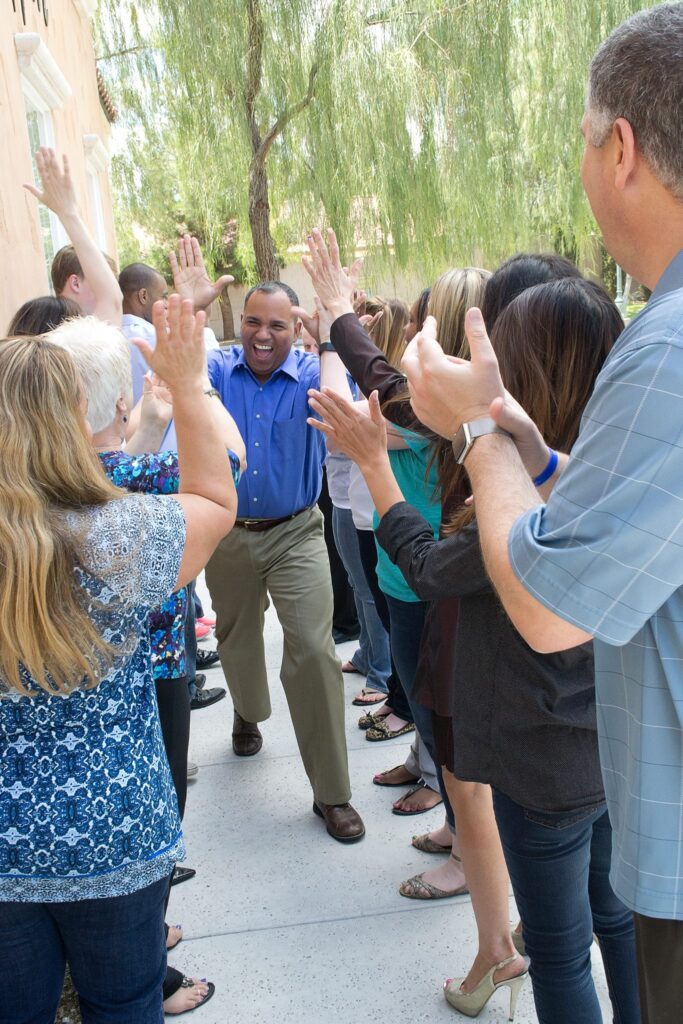A distinct faith that emerged from the teachings of Guru Ravidas, emphasizing equality and social justice.
Origins and Founding Principles
The Ravidassia religion, also known as the Ravidas Panth, is a spiritual movement founded on the teachings of Guru Ravidas, a prominent 14th-century Indian saint and social reformer. Emerging from the North Indian bhakti movement, this faith emphasizes the oneness, omnipresence, and omnipotence of God, while advocating for the equality of all human beings regardless of caste or social status. The core principles of Ravidassia teachings stress the importance of realizing God within one’s lifetime, a goal achievable through devotion, the singing of hymns, and living a virtuous life.
Guru Ravidas, born into a family of leather workers considered “untouchables” in the traditional Hindu caste system, became a renowned spiritual leader and poet despite facing discrimination and social barriers. His life and teachings serve as an inspiration for followers, demonstrating that spiritual enlightenment and social reform can go hand in hand.
Beliefs and Practices
Ravidassia beliefs are deeply rooted in the principles taught by Guru Ravidas, including the intrinsic unity of God and the soul, and the rejection of caste-based discrimination. The community believes that the human soul is a particle of God and that everyone has the right to meet God, contrary to the prevailing societal norms that barred lower castes from religious practices.
Central to Ravidassia beliefs is the concept of “Begampura,” which translates to “the city without sorrow” or “the land without sorrow.” This ideal, described in one of Guru Ravidas’s hymns, envisions a society free from discrimination, oppression, and suffering, where all individuals can live with dignity and respect. The Ravidassia sect interprets this concept as both a spiritual goal and a call for social reform, inspiring followers to work towards creating a more just and equitable society.
Scriptures and Worship
The central scripture of the Ravidassia faith is the Amritbani Guru Ravidass Ji, which compiles all hymns by Guru Ravidas. This sacred text includes 140 shabads (hymns), 40 pade (poems), and 231 salok (couplets) across 177 pages, reflecting the spiritual and social teachings of Guru Ravidas. The Amritbani serves as the primary religious and philosophical guide for followers, containing spiritual wisdom, social commentary, and devotional poetry.
Ravidassia places of worship vary in name, including dera, sabha, mandir, gurudwara, or bhawan. These sacred spaces prominently feature the Nishaan, a flag bearing the religion’s symbols, including the “Harr” symbol, which signifies enlightenment from Guru Ravidas’ teachings. The Harr is a circular emblem featuring two curved swords, a star, and the phrase “Har Har Mahadev,” representing the unity of humanity and the divine, as well as the community’s commitment to social justice and spiritual enlightenment.
Formation and Identity
The Ravidassia religion was formally established following the assassination of Ramanand Dass, a deputy head of the Dera Sach Khand Ballan, in Vienna in 2009 by Sikh radicals. This tragic event precipitated the community’s declaration of a distinct religious identity, separate from Sikhism, marked by the adoption of the Amritbani Guru Ravidass Ji as their holy book and the introduction of unique religious symbols.
Despite this formal separation, the community’s practices include elements of Sikh worship, indicating a blended religious identity. The separation allowed followers of Guru Ravidas to assert their distinct identity and religious practices while continuing to evolve and promote the legacy of their spiritual leader.
Demographics and Global Presence
The Ravidassia community has a significant presence in various countries around the world. In the United Kingdom, the Office for National Statistics recognized Ravidassia as a separate religion during the 2011 census, counting over 11,000 individuals. The community also has a notable presence in countries such as Canada, the United States, and Austria, where it has been registered as a separate religious entity.
In India, the government has not officially recognized the Ravidassia community as a separate religion, often grouping them with other castes for census purposes. However, the community maintains a strong presence, particularly in Punjab and other parts of North India. The Ravidassia faith is also practiced in Mauritius, where it is known as Ravived.
Festivals and Celebrations
Major Ravidassia festivals include the birthday of Guru Ravidas, celebrated with great fervor in Varanasi, Uttar Pradesh, and recognized as a gazetted holiday by the government of India. Known as Guru Ravidas Jayanti, this festival sees followers participate in processions, organize community feasts (langar), and engage in devotional singing and recitation of Guru Ravidas’s teachings.
The community also celebrates other festivals such as Diwali and the birthdays of other saints, highlighting the syncretic nature of their religious observance. These celebrations serve not only as spiritual gatherings but also as opportunities to strengthen community bonds and promote social harmony.
Social Reform and Education
The Ravidassia sect places great emphasis on social reform and the eradication of caste-based discrimination. Many followers actively engage in advocacy and awareness campaigns to promote social equality and challenge discriminatory practices. This commitment to social justice is seen as an integral part of following Guru Ravidas’s teachings and living out the ideals of Begampura.
Education and social welfare play crucial roles in the Ravidassia movement. Many Ravidassia organizations operate schools, colleges, and vocational training centers to promote education and skill development among their community members. These institutions often emphasize both academic excellence and the teachings of Guru Ravidas, aiming to empower individuals and foster a sense of pride in their cultural and spiritual heritage.
Cultural Expression and Artistic Traditions
Music and devotional singing play a central role in Ravidassia religious and cultural expression. Followers compose and perform devotional songs known as Shabads, which are based on the teachings and poetry of Guru Ravidas. These musical traditions not only serve as a form of worship but also as a means of preserving and transmitting the sect’s spiritual and philosophical heritage.
The Ravidassia sect has also developed its own distinctive art forms and visual culture. Paintings and portraits of Guru Ravidas are commonly displayed in homes and places of worship, often depicting the Guru in various stages of his life or engaged in spiritual activities. These artistic representations serve as focal points for devotion and as reminders of the Guru’s teachings.
Modern Adaptations and Global Connections
In recent years, the Ravidassia sect has increasingly utilized modern technology and social media platforms to connect followers, share teachings, and organize community events. Online forums, websites, and social media groups dedicated to Ravidassia teachings and culture have emerged, allowing for greater communication and exchange of ideas among followers worldwide.
These digital platforms have played a significant role in preserving and promoting Ravidassia culture, traditions, and beliefs, especially among diaspora communities. They have also facilitated the establishment of transnational networks, enabling Ravidassia followers to maintain connections with their spiritual and cultural roots while adapting to life in diverse global contexts.
Conclusion
The Ravidassia religion embodies a quest for spiritual depth and social equality, grounded in the teachings of Guru Ravidas. As a movement that emerged from experiences of marginalization and discrimination, the sect maintains a strong focus on social justice, equality, and spiritual enlightenment. It offers its followers a path that combines personal devotion with a commitment to creating a more just and equitable society.
Despite facing challenges in recognition and occasional conflicts with other religious traditions, the Ravidassia community continues to thrive, promoting a message of unity, love, and devotion across the globe. As it evolves and adapts to changing social and cultural contexts, the Ravidassia faith remains rooted in the core teachings of Guru Ravidas, inspiring followers to work towards both personal spiritual growth and broader social transformation.




